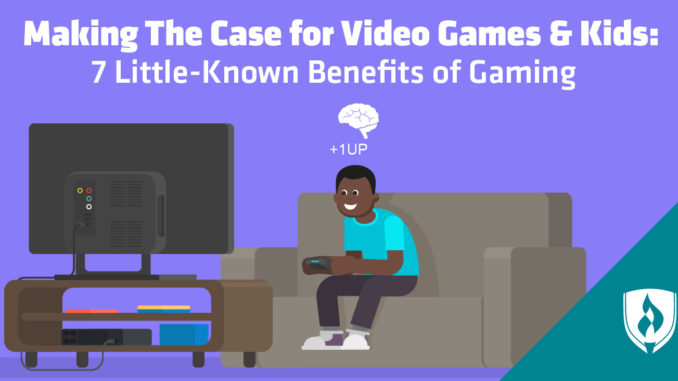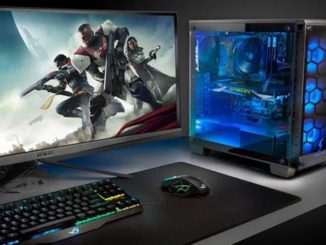
A study associating video game playing to improved laparoscopic surgery is the tip of the iceberg in the hot topic that is the positive effects of video games.
According to Mitchell Wade, co-author of The Kids are Alright: How the Gamer Generation is Changing the Workplace, “When you see studies that show surgeons or pilots improve their real world skills by using computer based simulations, aka games, you seethe line between real and not-real is fuzzy.” Wade conducted extensive research on the effects of video games playing and its uses on the real world.
Volunteer Learning Environment
Video games are a great venue for kids to engage in global interaction voluntarily. With the fun that games provide, kids are not even aware that the games actually help to build team spirit, cooperation and encourage risk-taking in a risk-free environment. They quickly get rewards in the form of virtual prizes when they complete a certain task, and discover through repeated trial and error that it’s okay to make mistakes.
Wade discovered that lessons learned become more important than the visuals displayed. Gender typing in videos and even violence and sex in graphics are less powerful than lessons on teamwork, success, and failure. Mitchell’s study also revealed that four-fifths of young adults played video games growing up. He says, “Part of growing up is ‘norming’ to your peer group, and those who didn’t play video games find it harder to build bonds because they lack common experiences.”
Investigative learning
John Black, a professor at Teacher’s College of Columbia University said that he has seen kids grow in learning when they can manipulate variables or events. An example of this is Civilization where players can change historical facts and see how it would have impacted the world. These kinds of games stimulate students’ interest in history. Changes such as not having Spaniards introduce horses to Native Americans, can play out with many consequences no matter how simple that event may be in history.
Games provide learning from experiences rather than lectures. Games let players explore options and discover certain outcomes. They roll into the data and learn as they investigate more possibilities.
Uses in the Real World
Ganes nowadays continue to change and mimic reality more, and are being used to improve real skills, The new wave of Wii games engage physical bodies in what are called “augmented reality games”. Wii sells better, even with cartoon graphics, than other companies’ games using the state of the art graphics.
Computer simulated roller coaster rides at video arcades allow players to experience and overcome fears without riding a real roller coaster. They can program simple loops or dangerous thrills and rolls.
The military has also optimized games such as the Flight Simulator, to help with eye-hand coordination in pilot training. The CIA and Army provide games to personnel to train agents and prepare soldiers for real war-game experiences.
Doctors working with young patients in pain encourage video playing because it helps block out pain without drugs. When children engage in something stimulating it takes their mind off the pain.
How Much Playtime is Enough?
A laparoscopic surgery study showed improvement with only three hours of weekly play, anything beyond that can cause problems. In Korea, due to sitting in the same position for long hours, some gamers developed deep vein thrombosis that caused leg clots. Children need physical activity.
Wade found that game playing happens in waves. Children may spend hours shooting baskets to improve a skill and then wane in interest once they master it. Children may also spend hours to gain computer proficiency and then move to another activity.
Interact with your sons and daughters to discover what interests them in a game, what lessons they learn, and monitor time spent playing. Play some games with your children and promote breaks that get your kids moving physically and interacting in real settings.
Proudly WWW.PONIREVO.COM



